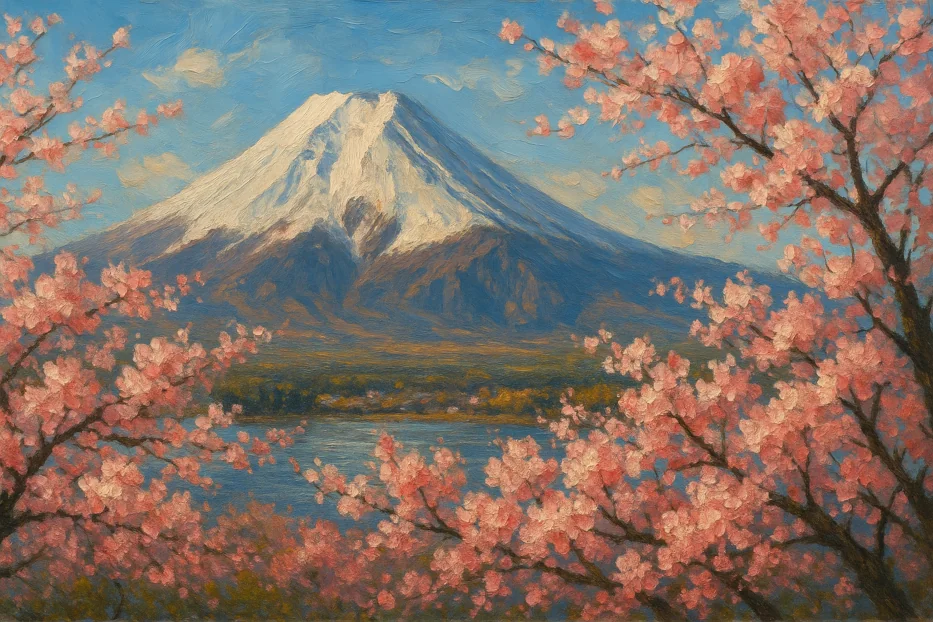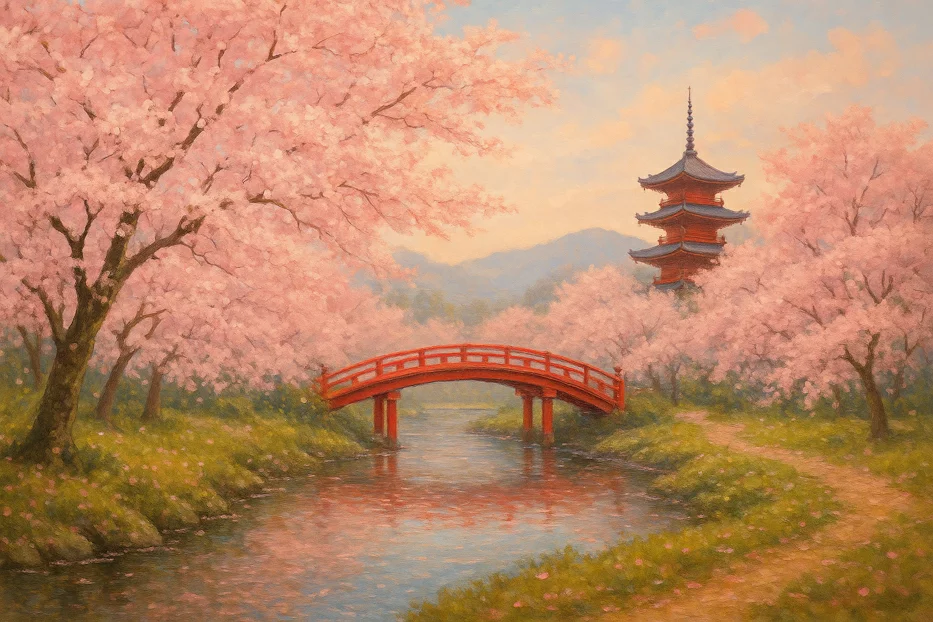Japan’s islands are more than just scenic cherry blossoms and high-tech cities—they are a vibrant archipelago steeped in history, culture, and natural diversity.
Japan, a captivating Asian nation, is made up of thousands of islands scattered across the Pacific. While most know the four main islands—Honshu, Hokkaido, Kyushu, and Shikoku—the complete picture of Japan’s Islands is far more expansive. Thanks to a 2023 digital mapping initiative, the number of islands has more than doubled.
Table of Contents
What Makes Japan’s Islands So Unique?
An archipelago is a group of islands clustered together in a sea or ocean, and Japan’s is one of the most famous in the world. Geographically, this island country lies in the northwestern Pacific Ocean, forming a long arc east of the Korean Peninsula and China.
Its archipelago, which stretches along the Pacific Ring of Fire, consists of islands stretching over 3,000 kilometers (1,900 miles) from north to south, creating a stunning variety of climates and ecosystems. In official terms, the Japanese government recently updated the count of islands within its territory.
Previously, it was estimated that the nation had around 6,852 islands, based on older surveys from the 1980s. However, after a new digital mapping initiative conducted in 2023, the revised figure revealed that Japan consists of 14,125 islands. This dramatic increase doesn’t mean new islands have suddenly appeared; rather, it reflects advances in mapping technology and stricter criteria for defining an island.
The Four Main Islands of Japan
Before delving into the smaller islands, let’s explore the four main islands that form the backbone of Japan. These four islands together account for about 97% of Japan’s total land area, yet they represent only a fraction of its total number of islands.
1. Honshu: The Heart of Japan
The largest and most populous of Japan’s islands, Honshu is home to iconic cities such as Tokyo, Kyoto, Osaka, and Hiroshima.
Spanning about 227,960 square kilometers (88,020 square miles), Honshu hosts the majority of Japan’s population and economic activity. Mount Fuji, Japan’s tallest and most famous peak, also resides on Honshu.
2. Hokkaido: Japan’s Northern Wilderness
Situated to the north, Hokkaido is Japan’s second-largest island, covering 83,423 square kilometers (32,210 square miles).
Known for its breathtaking natural landscapes, it features vast forests, national parks, and snow-covered mountains. Hokkaido is also a winter sports paradise, drawing millions of tourists annually.
3. Kyushu: Land of Volcanoes and Hot Springs
To the southwest lies Kyushu, Japan’s third-largest island, encompassing 36,782 square kilometers (14,202 square miles).
Known for its volcanic activity, including Mount Aso, one of the world’s largest active volcanoes, Kyushu also boasts a subtropical climate and a rich cultural history.
4. Shikoku: A Spiritual Getaway
The smallest of the four main islands, Shikoku covers 18,801 square kilometers (7,259 square miles).
Shikoku is renowned for its serene landscapes and the 88-temple pilgrimage route that attracts spiritual seekers from around the world.
Beyond the Big Four: Japan’s Lesser-Known Islands
Beyond the main islands, Japan’s archipelago includes thousands of smaller islands, each with its unique features and significance.
1. Nansei Islands (Ryukyu Islands)
Stretching southwest from Kyushu to Taiwan, this chain includes prominent islands like Okinawa and Ishigaki. Okinawa, the largest island in this group, is known for its tropical climate, coral reefs, and distinct Ryukyuan culture.
2. Ogasawara Islands
Sometimes referred to as the “Galápagos of the East,” the Ogasawara Islands are a UNESCO World Heritage Site. Located about 1,000 kilometers (620 miles) south of Tokyo, they are home to unique flora and fauna found nowhere else on Earth.
3. Izu Islands
These volcanic islands lie south of Honshu and are part of the Tokyo Metropolitan Area. Popular destinations like Izu Oshima and Hachijojima offer visitors a blend of natural beauty and volcanic hot springs.
4. Tōhoku’s Offshore Islands
The northern region of Honshu, Tōhoku, features small islands like Matsushima, famed for its pine-covered islets that inspired Japanese poets and artists for centuries.
Japan’s Islands in History and Culture
Japan’s identity as an island nation has profoundly influenced its development. Historically, its separation from mainland Asia allowed Japan to develop a distinct culture, while its proximity facilitated the selective adoption of ideas from China and Korea, such as Buddhism and Confucian principles.
During the Edo period (1603–1868), Japan’s insular geography supported the Tokugawa shogunate’s policy of sakoku (national isolation), which limited foreign influence. In modern times, the islands have contributed to Japan’s maritime strength and its exclusive economic zone (EEZ), which is one of the largest in the world due to its island territories.
Challenges Facing Japan’s Islands
Despite their beauty and cultural importance, Japan’s islands face challenges. Many smaller islands have declining populations as younger generations migrate to urban areas.
This has led to concerns about the sustainability of traditional lifestyles and the maintenance of infrastructure. Additionally, territorial disputes over some islands, such as the Kuril Islands (claimed by both Japan and Russia) and the Senkaku Islands (claimed by Japan, China, and Taiwan), highlight the geopolitical complexities of Japan’s island territories.
Biodiversity: Nature’s Gift to Japan’s Islands
The sheer number of islands contributes to Japan’s status as a biodiversity hotspot. From the alpine flora of Hokkaido to the subtropical rainforests of Okinawa, Japan’s islands host a remarkable range of ecosystems. Endemic species, such as the Iriomote cat and Okinawa rail, thrive in isolated environments.
Direct Ferries
Routes, Schedules, Prices
Ferries to Japan
Mapping the Future of Japan’s Islands
Advances in satellite technology and digital mapping have revolutionized our understanding of Japan’s geography. The 2023 update to the number of islands highlights how evolving tools can reshape our knowledge of familiar landscapes. This newfound count of 14,125 islands reinforces Japan’s position as one of the world’s most complex and fascinating archipelagos.


